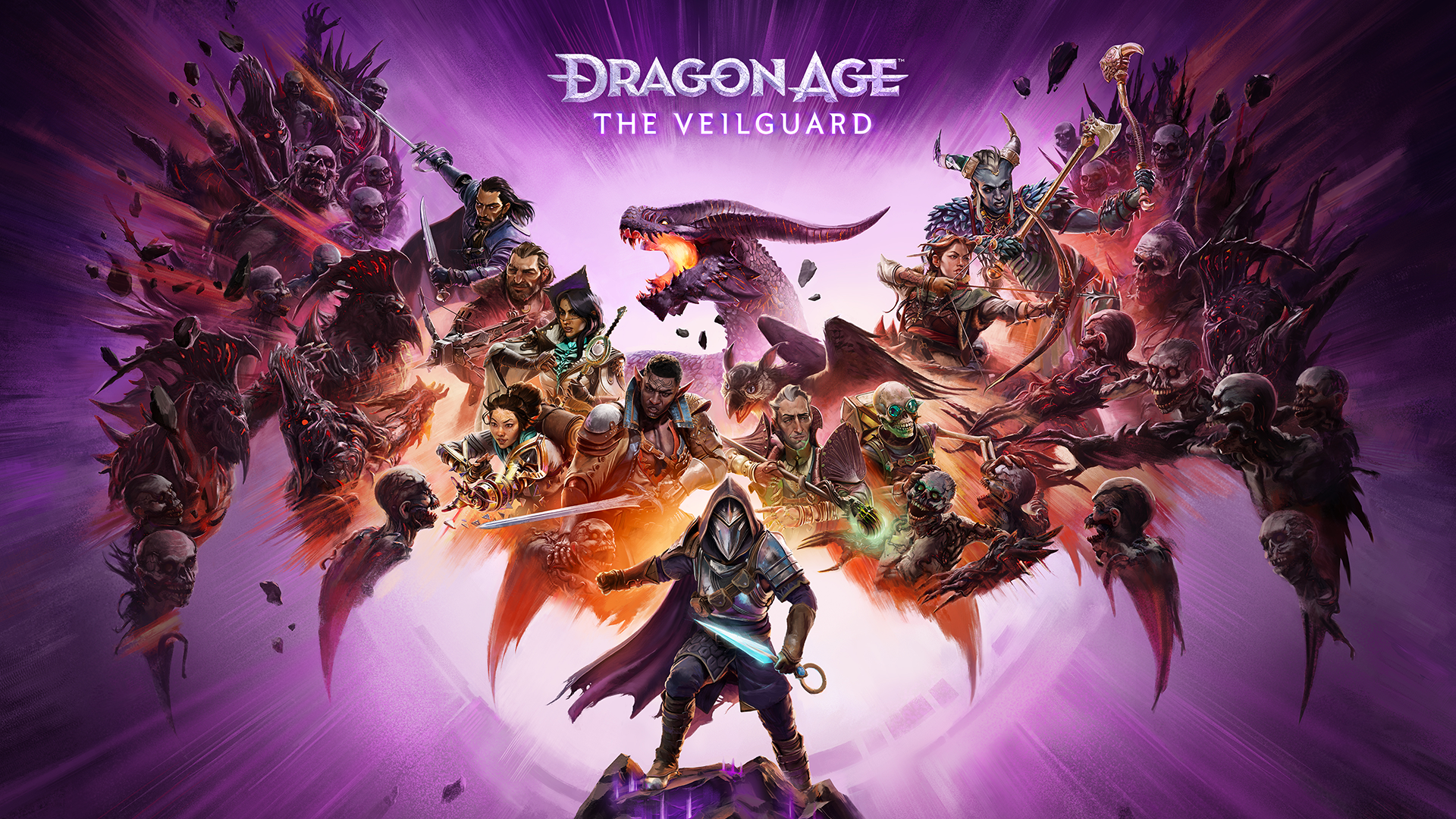How BioWare Created the Most Realistic Hair Ever in Dragon Age: The Veilguard
BioWare's Technical Director talks us through how the team crafted gaming's best hair, one strand at a time.

If you've played Dragon Age: The Veilguard, you've likely noticed something different about its characters—specifically, their hair. Flowing locks that move naturally with each head turn. Braids that don't clip through armor. Long strands that react to motion and atmosphere in ways that feel startlingly real. Behind what made these cosmetic improvements possible was a concerted effort to solve one of the knottiest challenges in the world of rendering. BioWare's Studio Technical Director talked us through the tech and thinking that drove this breakthrough, as well as the community demand that inspired the team to get it right.
The Tech Behind the Strands
"Traditional rendering techniques used in video games rely on rasterizing textured triangles, which works well for solid objects," explains Maciej Kurowski, Studio Technical Director at BioWare. "But it's an approximation that breaks down for hair due to how many individual hairs real-world people have that move and respond to light independently."
The solution? A bespoke system that renders up to 50,000 individual hair strands per character in real-time on Xbox Series X—approaching half the number of hairs on a human head. This required more than four years of collaborative effort between BioWare and EA’s Frostbite engineering and animation teams.

The system represents a significant departure from conventional game-rendering techniques. Instead of treating hair as a solid mass, the team developed what they call "Strand Hair technology," using a compute-software rasterizer that processes each strand individually. The results extend beyond mere appearance—each strand can interact with the environment, respond to movement, and react to lighting conditions.
Solving Hair Physics
Perhaps the most critical challenge was one that has long plagued video game hair: clipping. Anyone who's played games featuring long-haired characters has likely witnessed the immersion-breaking moment when hair passes through solid objects like armor or clothing. The Veilguard's development team tackled this challenge head-on.
"It was less of a single large hurdle and more like an extremely long series of individually challenging ones," Kurowski notes. One particularly complex scenario involved managing interactions between long hair, the character's body, and equipment like back-mounted shields. "Those of you reading who have long hair and have ever worn a heavy backpack know the pain of pinching hair between two sliding objects," he says. "In real-time physics simulation, pinching is even more dangerous and can lead to cascading instability. If you’ve ever seen a character in a game randomly catapulted into space, that’s probably what was happening!"

The team even had to account for extreme close-ups where hair fills most of the screen—a scenario they initially considered an edge case but discovered was surprisingly common during gameplay.
Style Meets Technology
Of course, the technical achievements aren't just about physics—they're also about player expression. “Character representation in games is full of technical challenges. Improving simulation and rendering of digital characters is an active area of research, but we believe hair is uniquely challenging due to the sheer scale of individual moving parts,” explains Kurowski. “In Dragon Age: The Veilguard, players create their own characters with rich customization options available in our character creator.”
The Veilguard offers over 100 hairstyles, encompassing a diversity of textures and cuts, each requiring its own set of technical solutions. Braided styles proved particularly challenging, requiring careful balance between realistic movement and maintaining specific shapes that players expect.
This focus on variety wasn't arbitrary. "We know that a large part of our audience is quite passionate about hair," Kurowski acknowledges, pointing to the proliferation of community-created hair mods for previous BioWare games. The team wanted to ensure that players could accurately represent their vision for their characters, particularly with styles that are long, curly, or braided.
Looking to the Future
While the Strand Hair system is part of the Frostbite engine, The Veilguard pushes it into new territory, introducing features like interactions with transparent objects and significantly expanding the system's capabilities beyond previous games.

The Xbox Series X's hardware plays a crucial role in making this possible. "Our Strand Hair technology is memory- and computation-intensive," Kurowski explains. "The powerful GPU and the plentiful memory of Xbox Series X means that players can enjoy the Strand Hair technology and our advanced hair rendering with no compromises."
From the sound of it, the advances made in Dragon Age: The Veilguard won't just benefit this single game. As part of the Frostbite engine, these improvements will help future games achieve even greater levels of realism. More importantly for players, especially those who've spent hours downloading and tweaking hair mods to get their custom characters just right, this effort allows them to inhabit their favorite fantasy worlds with characters who look and move exactly as they imagined—no modifications required.

